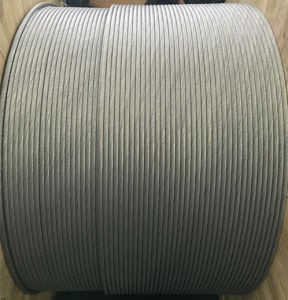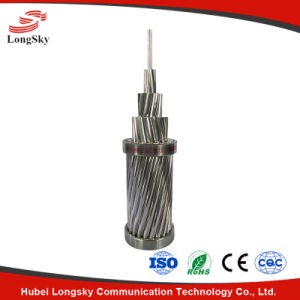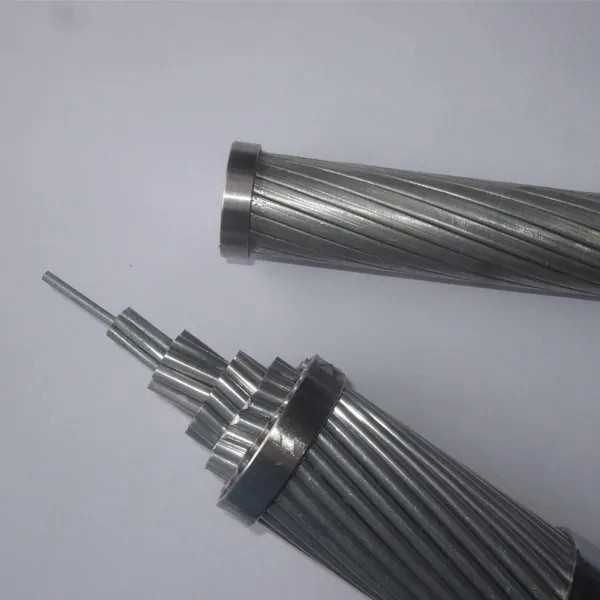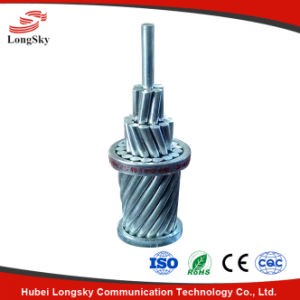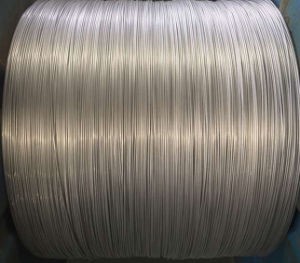Welcome!


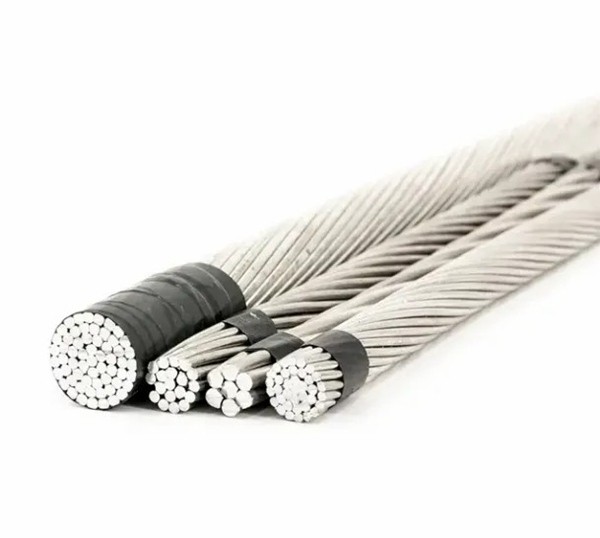
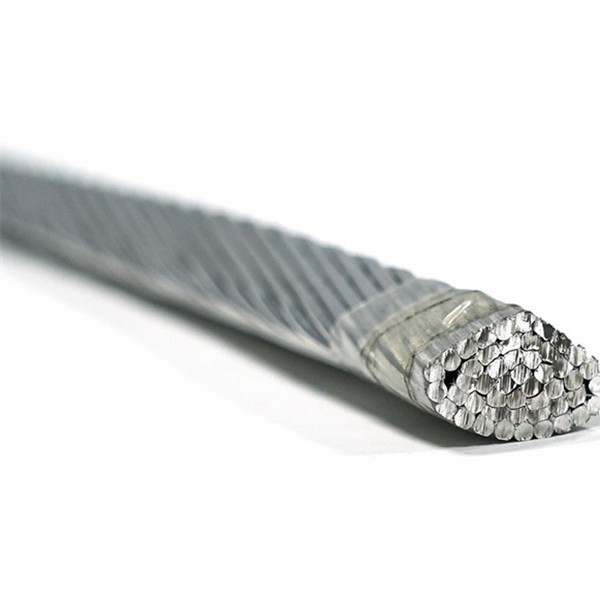

Aluminum Electrical Cables: Efficient Power Distribution Solutions
Basic Info
| Certification | ISO9001, CCC | Conductor Material | Aluminum | Design | ODM OEM |
|---|---|---|---|---|---|
| Feature | Light and Fast Conduction | Material | Bare AAC, AAAC, ACSR Rod | Material Shape | Round Wire |
| Origin | China | Production Capacity | 15-30ton/Day | Quality | Guaranteed |
| Shaped | Bare Wire in Various State | Specification | reel 1, 1.6, 1.8 | Voltage | Various Voltage Levels |
Product Description
Aluminum electrical cables are insulated conductors designed for transmitting electricity in fixed installations. Unlike bare overhead wires, these cables feature:
Conductor: Stranded high-purity electrical-grade aluminum (EC grade or AA-8000 series alloys like AA-8030, AA-8176).
Insulation: Thermoplastic (PVC, XLPE) or thermoset (EPR) materials providing electrical isolation and protection.
Jacket (Optional): Additional protective layer (PVC, LSZH, PE) for mechanical, chemical, or environmental resistance.

Key types include:
Building Wire (e.g., NM-B, SER): PVC/Nylon insulated cables for residential branch circuits (AA-8000 alloy required by NEC for new installations).
Power Cables (e.g., USE-2, RHH/RHW): XLPE or EPR insulated cables for feeders, underground service entrances, or industrial power distribution.
Armored Cables (e.g., ACWU90, MC): Interlocked aluminum armor providing crush resistance for direct burial or exposed runs.
Instrumentation Cables: Multi-conductor pairs with shielding for control signals.

Basic Applications
Aluminum cables serve diverse sectors due to their versatility and cost efficiency:
Residential/Commercial Wiring: Feeder cables (SER, SEU), large appliance circuits, and main service entrances.
Industrial Power Distribution: Motor feeds, MCC connections, and plant-wide power networks.
Renewable Energy Systems: Solar PV array wiring (USE-2, PV wire) and wind farm interconnects.
Utility Infrastructure: Underground residential distribution (URD), substation control wiring.
Temporary Installations: Event power distribution, construction site feeders.
Key Advantages
Cost Efficiency: Aluminum costs ~50% less than copper per unit volume, significantly reducing material expenses for large projects.
Lightweight: Aluminum cables weigh ~50% less than equivalent copper cables, simplifying handling, support, and installation labor.
Corrosion Resistance: Aluminum forms a protective oxide layer, enhancing durability in damp environments (e.g., URD applications).
High Ampacity (Large Sizes): For conductors ≥ 40mm² (AWG 1/0), aluminum provides comparable current capacity to copper at lower cost/weight.
Sustainability: Aluminum is highly recyclable (requires only 5% of original production energy), supporting green building initiatives.

Five Common Questions & Answers
Q1: Are aluminum cables safe for modern electrical installations?
A: Yes, when installed correctly using modern practices and materials. Key safety requirements include:
Use of AA-8000 series alloys (mandated since NEC 1990) for improved ductility.
Proper torque application on aluminum-rated terminals (e.g., CO/ALR devices).
Application of anti-oxidant paste at termination points to prevent oxidation.
Correct derating per NEC Table 310.15(B)(16) for ampacity adjustments.
Q2: Why do aluminum cables require larger sizes than copper for the same current?
A: Aluminum has ~61% the conductivity of copper (IACS). To achieve equivalent ampacity:
Aluminum conductors need approximately 56% larger cross-sectional area than copper (e.g., 100A circuit: copper = 3.3mm² (#12 AWG), aluminum = 5.26mm² (#10 AWG)).
This compensates for higher resistivity while maintaining thermal limits.
Q3: What causes overheating at aluminum cable terminations, and how is it prevented?
A: Overheating typically results from:
Oxidation: Aluminum oxide is resistive and insulative. Prevention: Apply antioxidant compound.
Cold Flow (Creep): Aluminum deforms under pressure, loosening connections. Prevention: Use torque-limiting tools and retighten per manufacturer schedules.
Galvanic Corrosion: Dissimilar metals (e.g., aluminum-copper) react with moisture. Prevention: Use bimetallic lugs or dielectric grease.
Q4: Can aluminum cables be used for branch circuit wiring (e.g., outlets, lighting)?
A: Modern AA-8000 alloy cables (e.g., AA-8030) are approved for 15–30A branch circuits per NEC Article 310. However:
They require larger conduit fill space due to increased conductor size.
All devices (breakers, receptacles) must be rated for aluminum ("Al/CU" or "CO/ALR").
Many electricians prefer copper for flexibility in small sizes (≤ 10 AWG).
Q5: How do aluminum cables perform in underground (UG) or wet locations?
A: Aluminum excels in UG applications with proper design:
Corrosion Resistance: Aluminum outperforms copper in alkaline soils and damp concrete.
Insulation: USE-2 or XHHW-2 cables with moisture-resistant jackets are ideal.
Direct Burial: Armored aluminum cables (e.g., AAAC) withstand soil movement and crushing forces.
Cathodic Protection: Rarely needed unless in highly corrosive environments (e.g., salt marshes).
Recommended Products
Recently Viewed
Contact Us
Hubei Longsky Communication Technology Co., Ltd.

